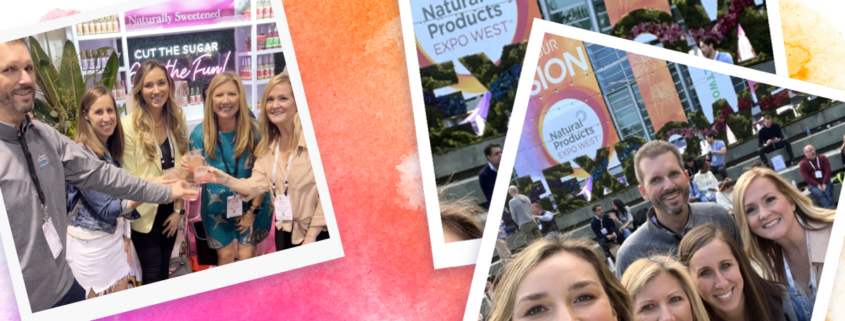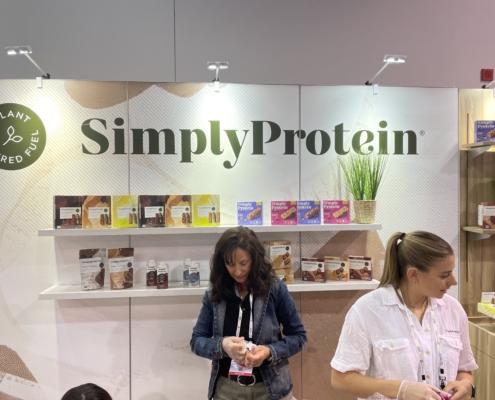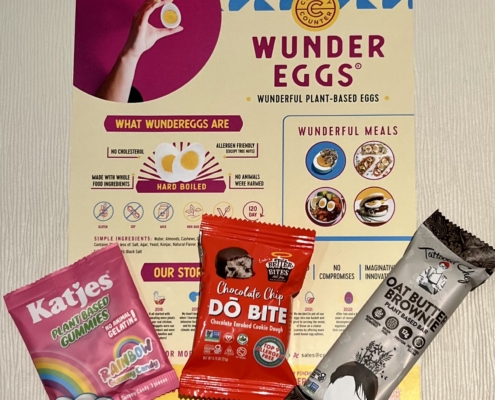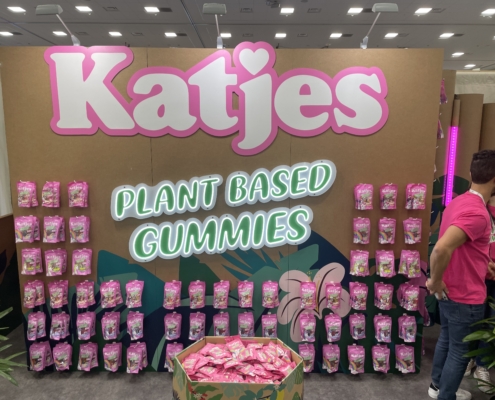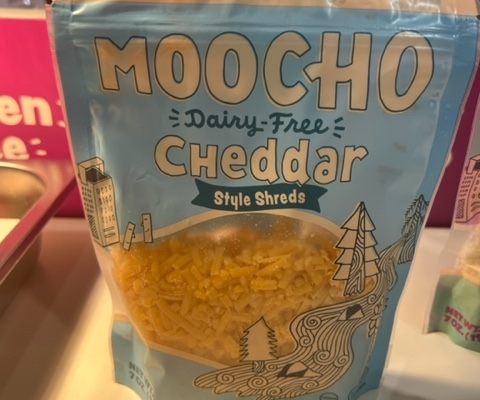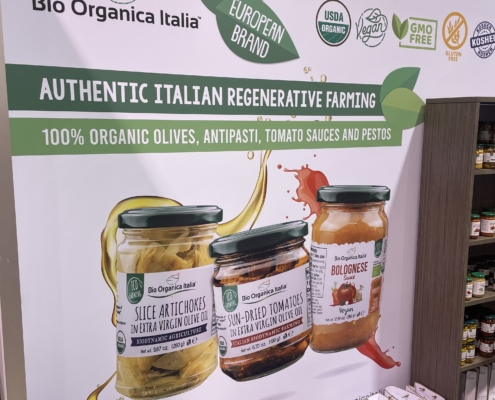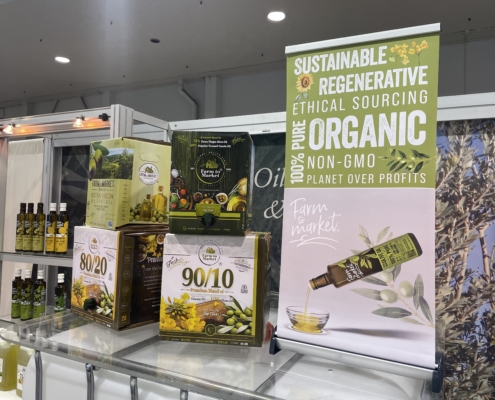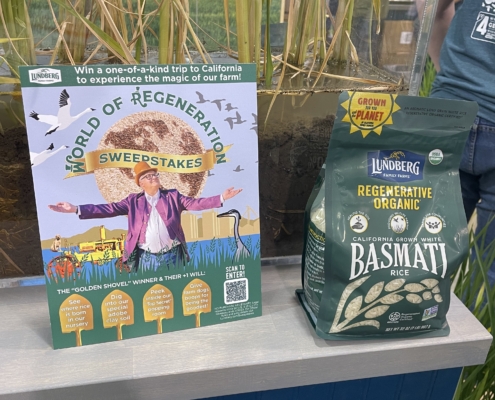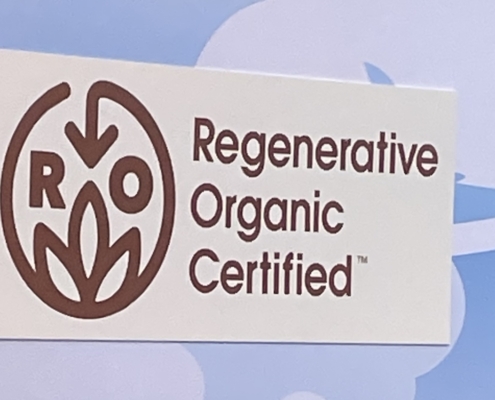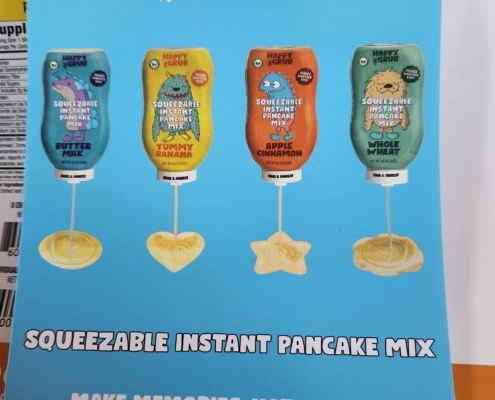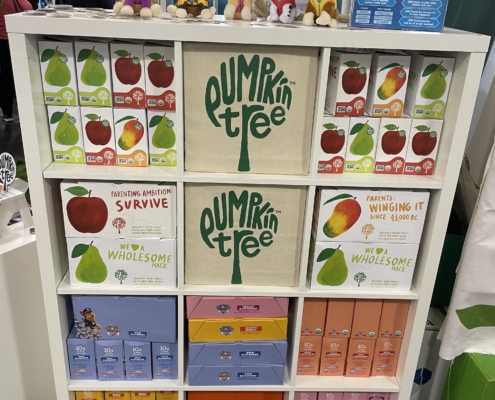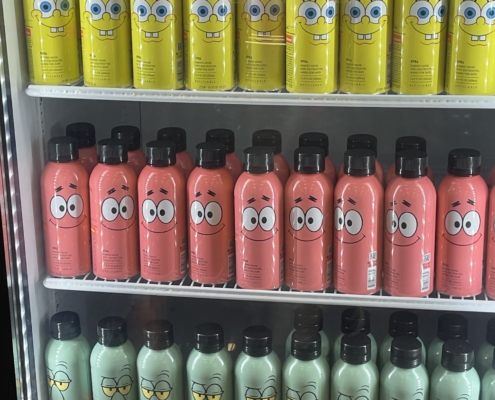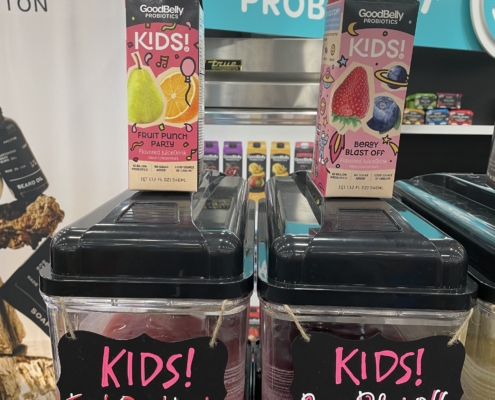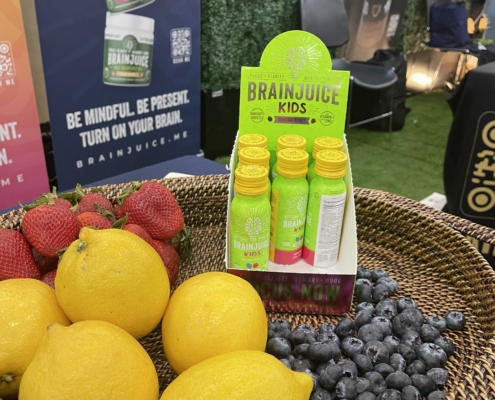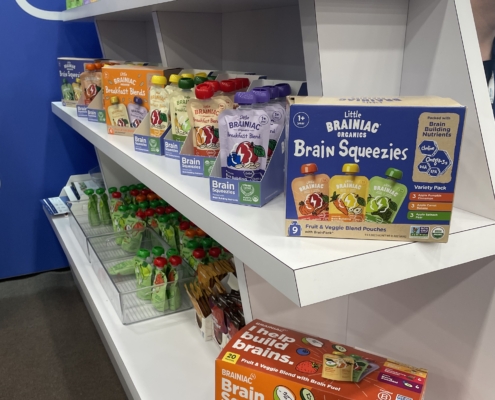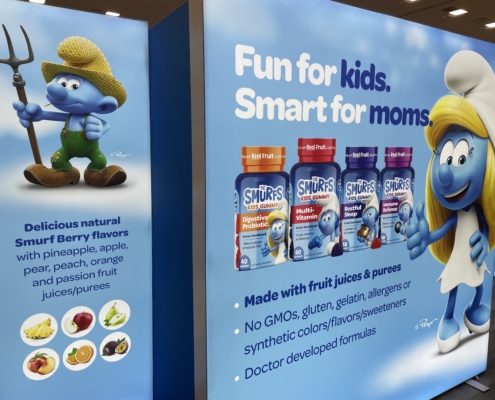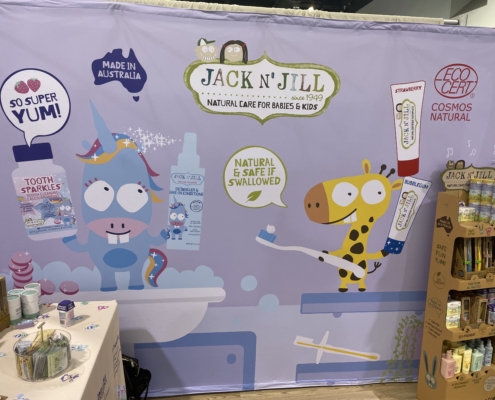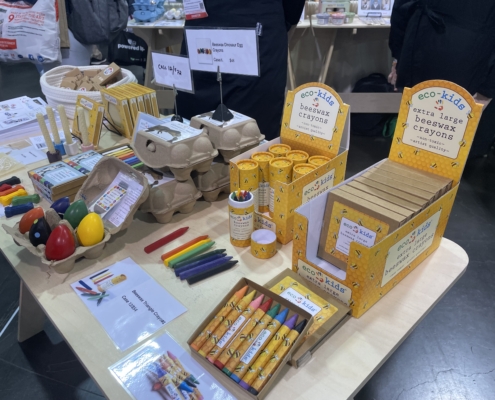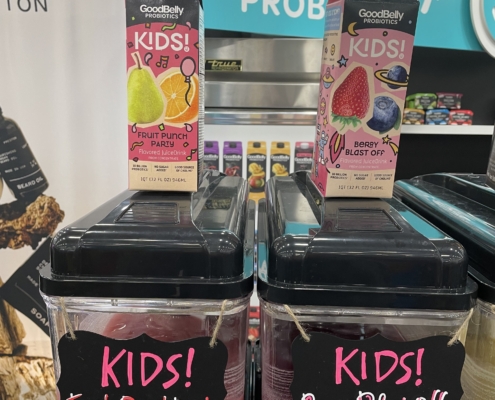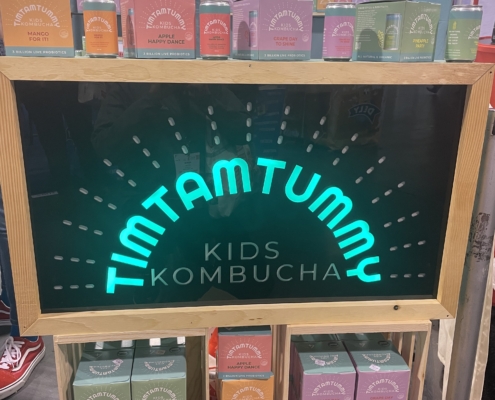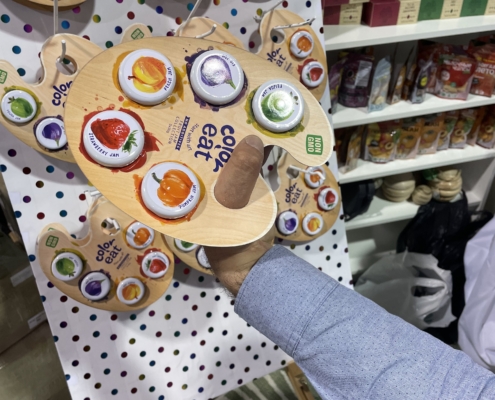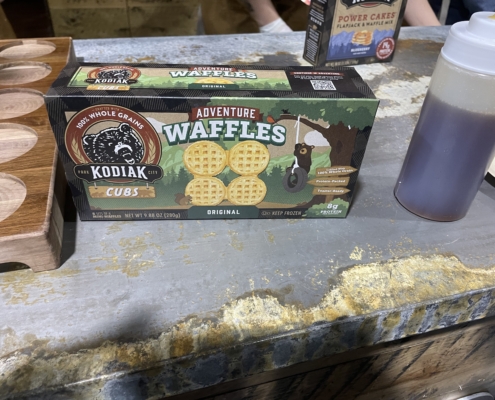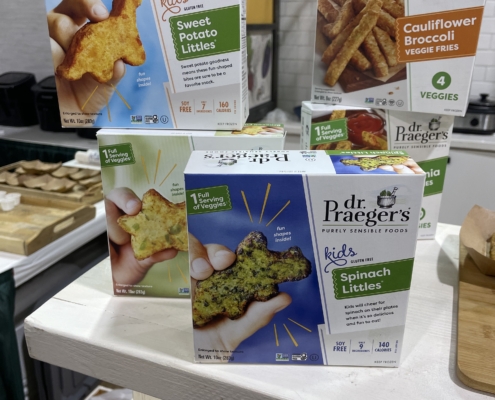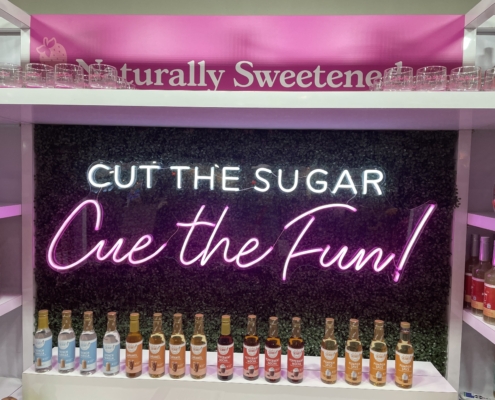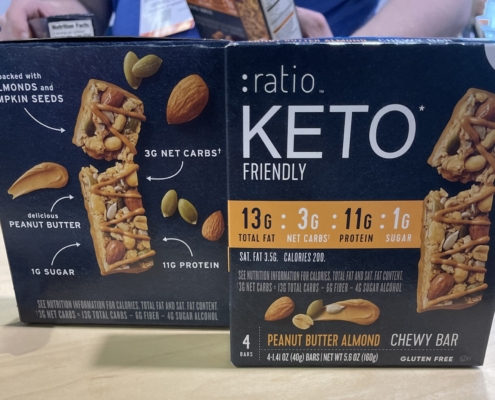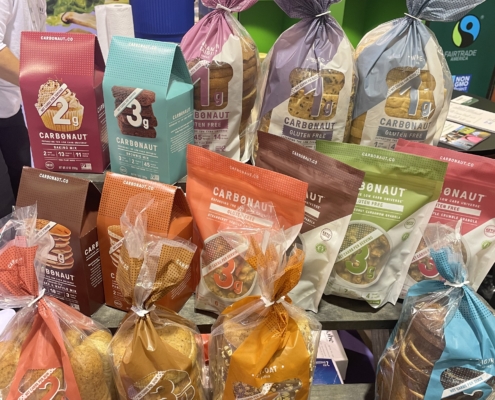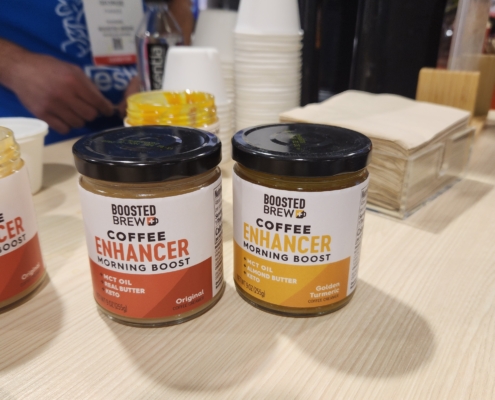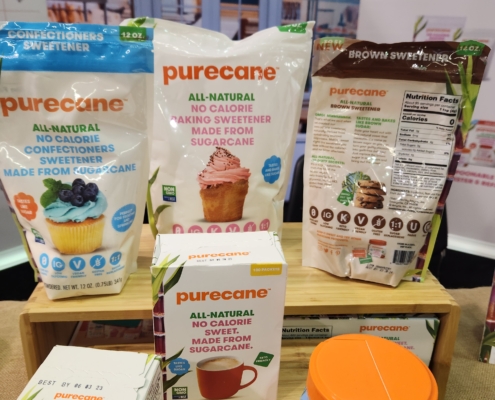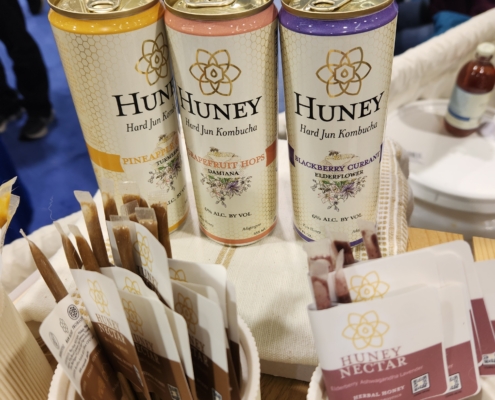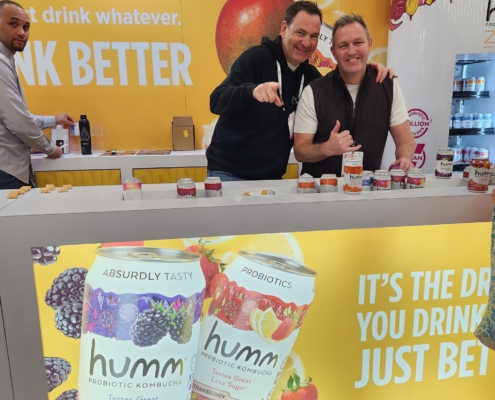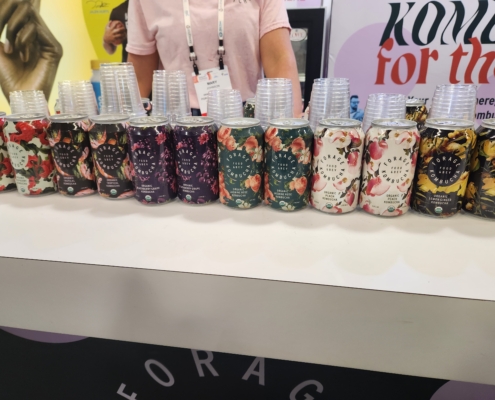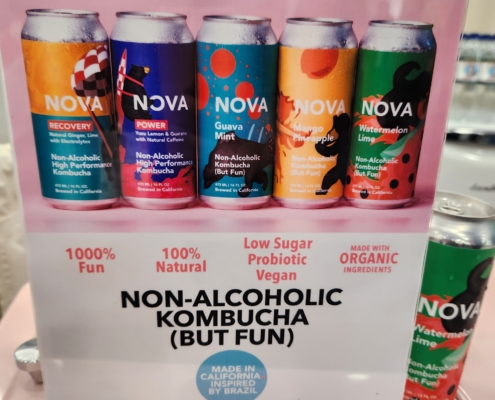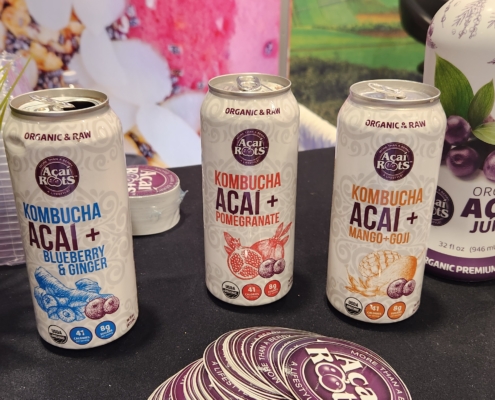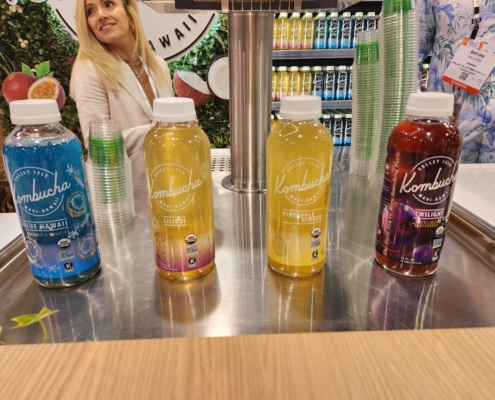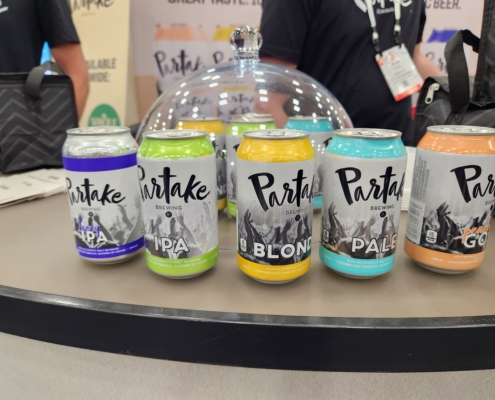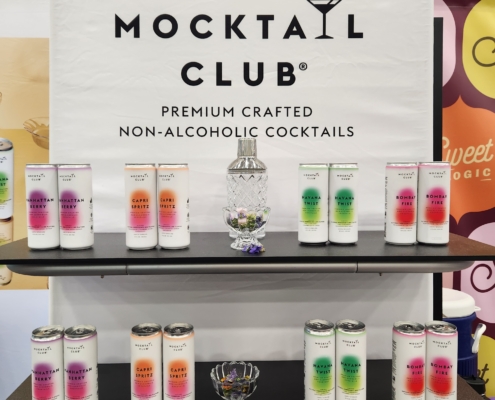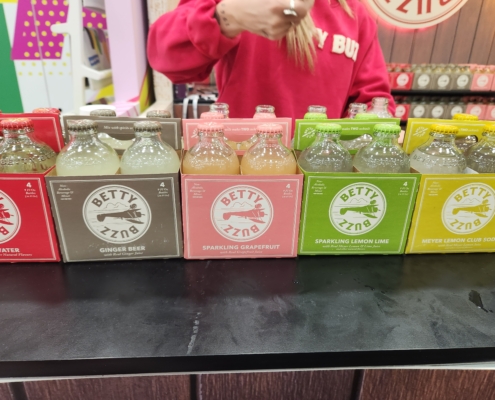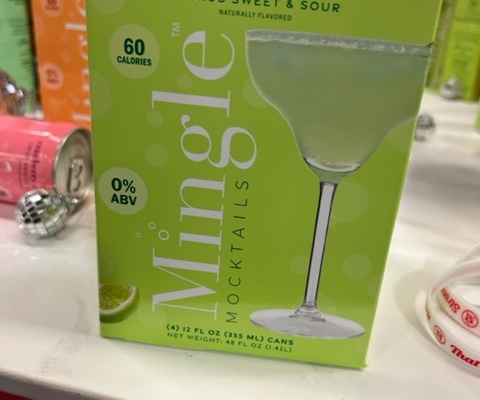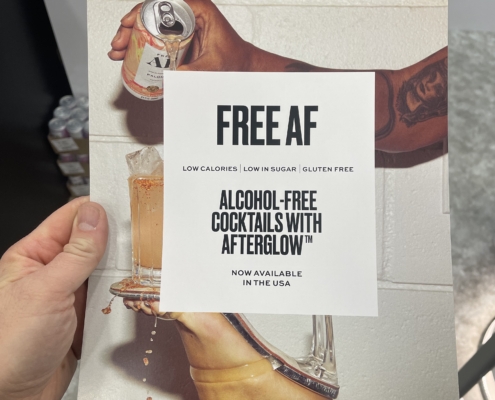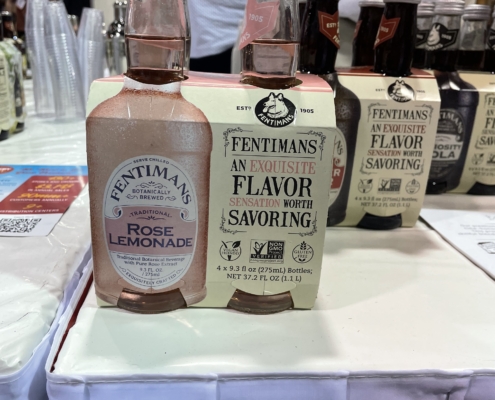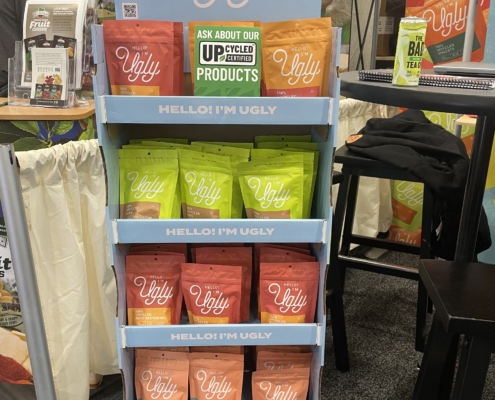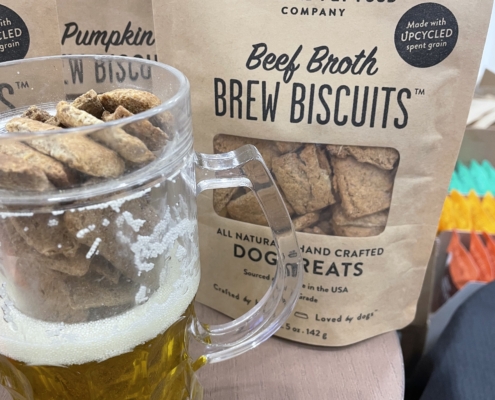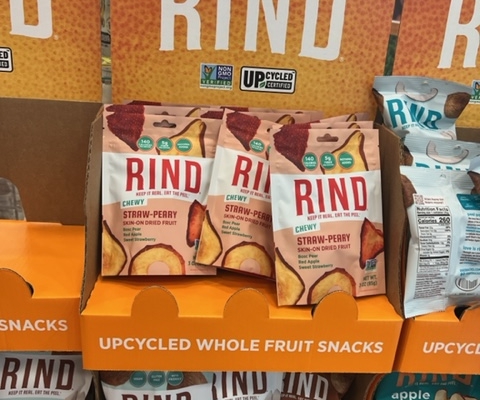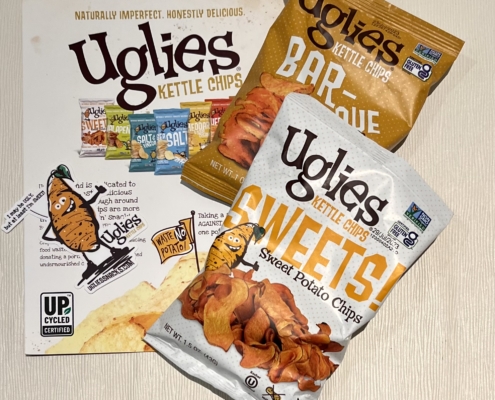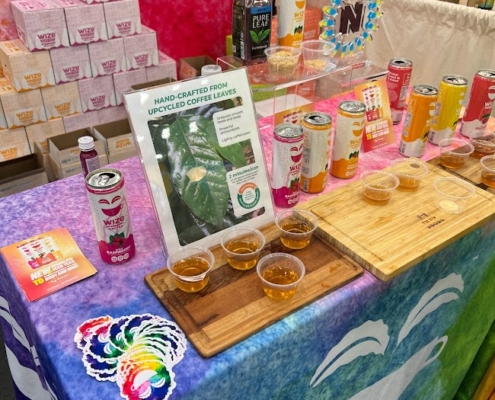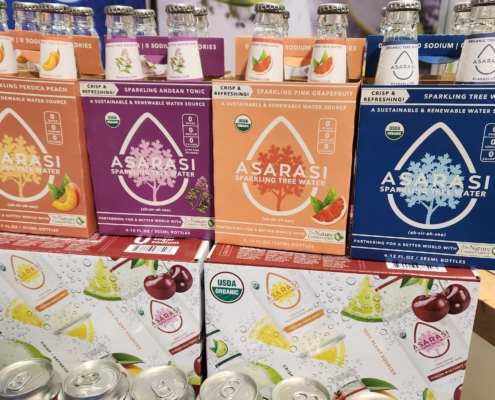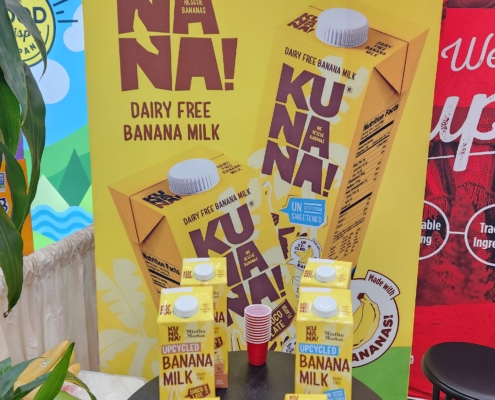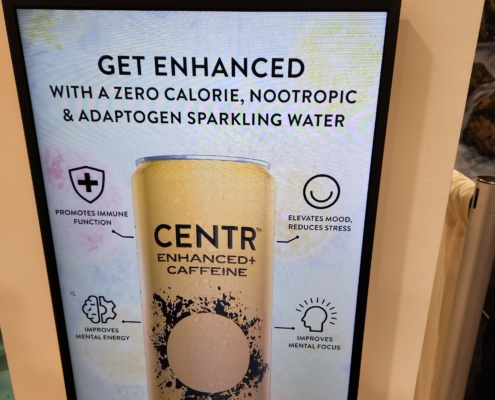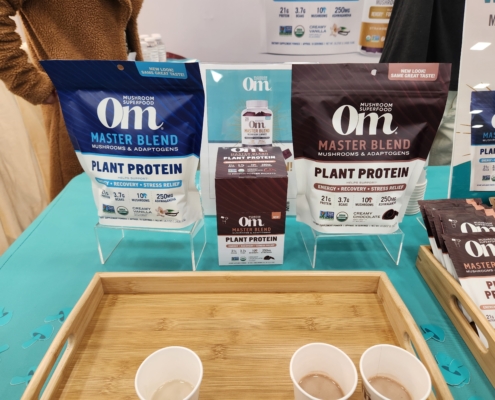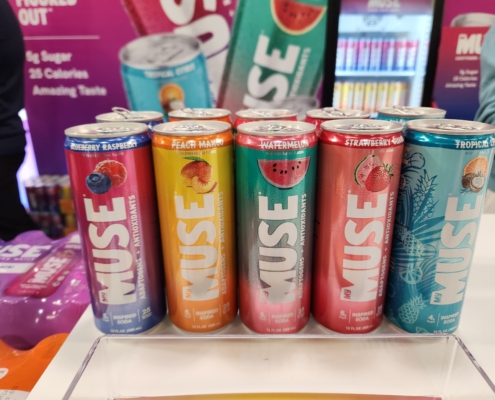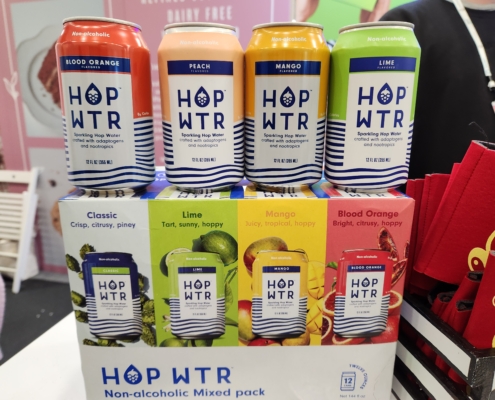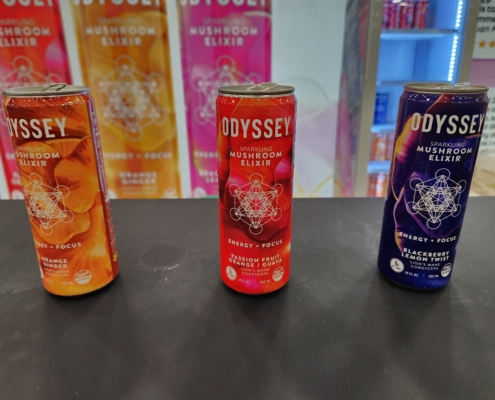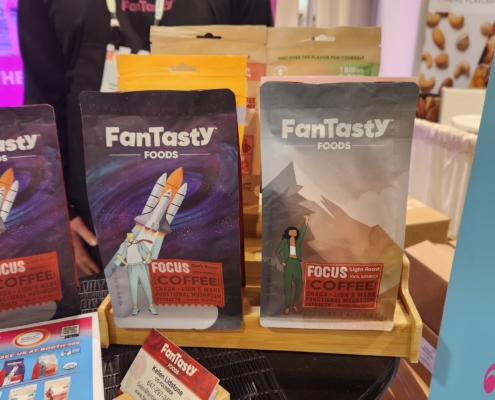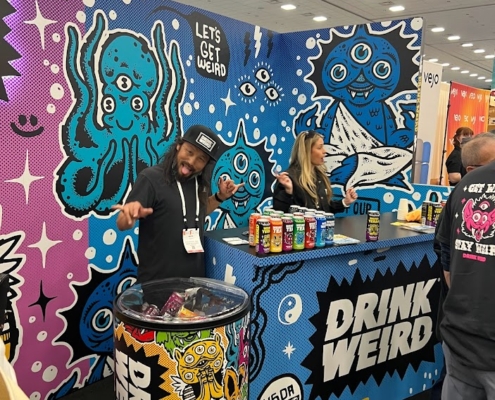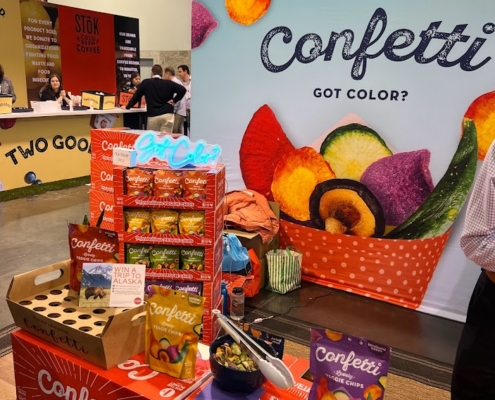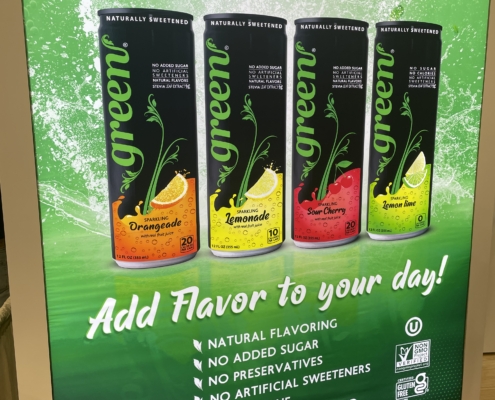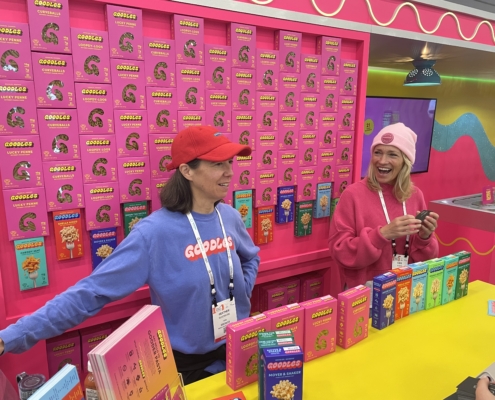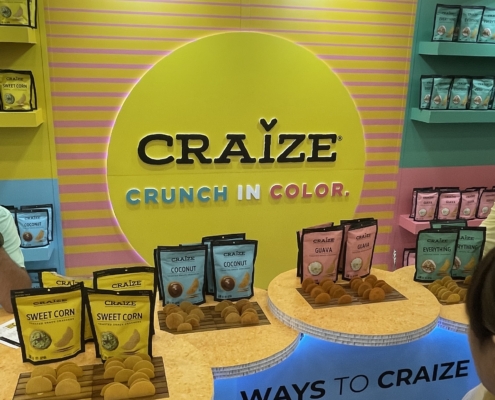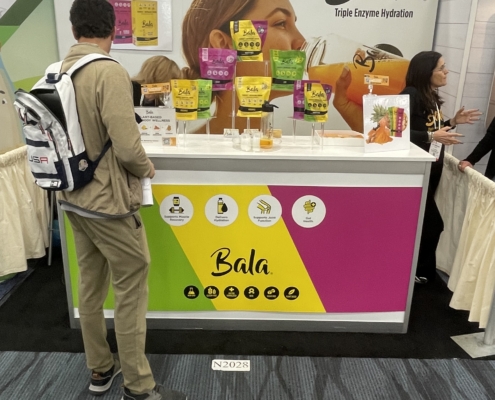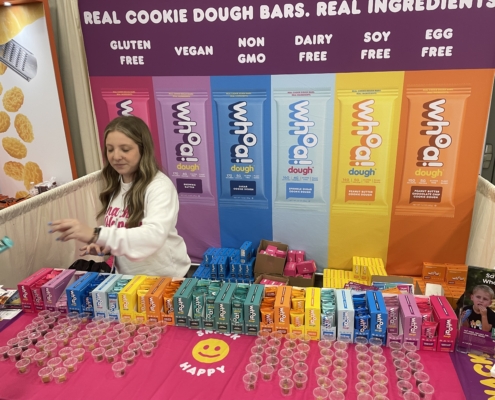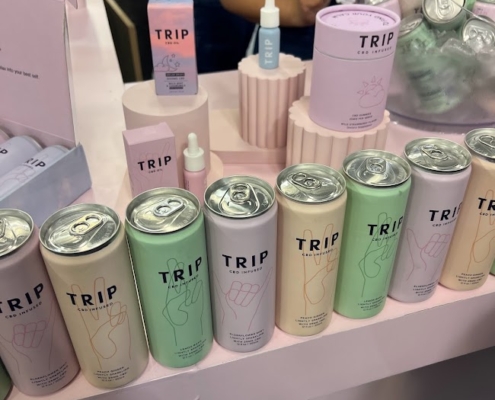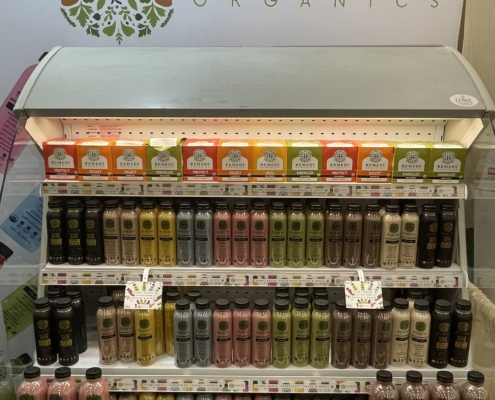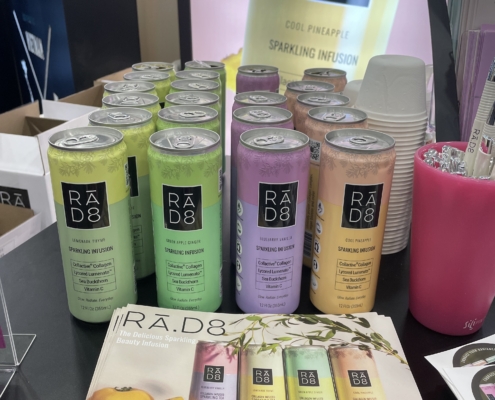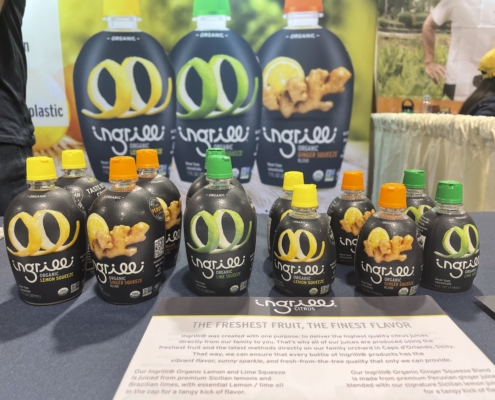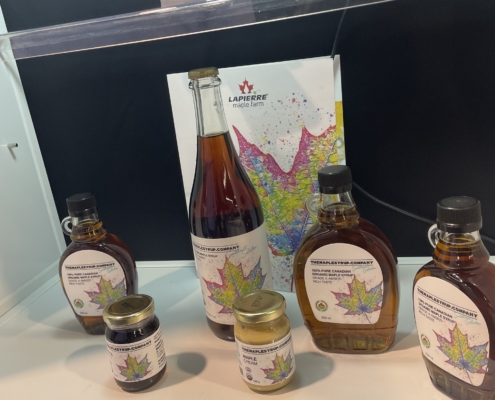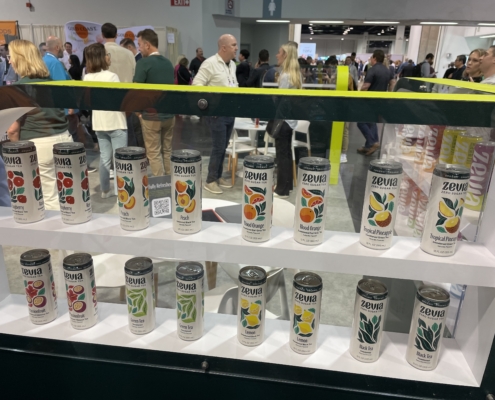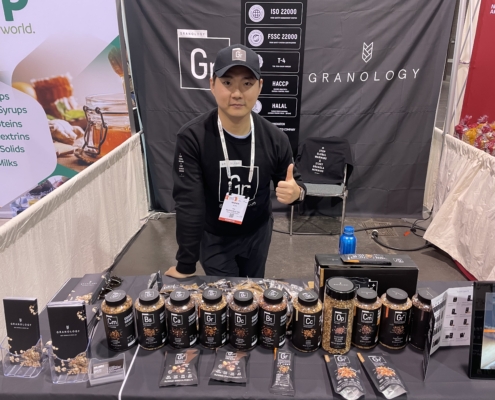Expo West: Top 10 Takeaways to Inspire Your Next Innovation
We recently returned from our trip to Expo West, and it far exceeded our lofty expectations. This MASSIVE convention was packed with inspiring people and products that provided plenty of stimulation to fuel the kind of game-changing innovation that our clients are looking for.
With that in mind, here is a share-out of our team’s top 10 innovation-inspiring “ah-has!” from our trip to Anaheim.
A Whole World of Plant-Based Possibilities
Consumer interest in plant-based offerings continues to grow, and manufacturers are racing to meet this demand. (A report by Nielsen from 2022 states that 39% of people are looking to incorporate more plant-based offerings in their diets, and IRI says that plant-based foods are now in more than 53% of US households.)
While much of the focus in the past has been on providing plant-based analogs to meats and dairy products, Expo West showed that plant-based offerings are now appearing in almost every category imaginable. From jazzing up indulgent favorites like cookie dough and gummy bears to creating new spins on protein staples like eggs, brands are leveraging plants to eliminate allergens, add natural flavors and colors, and incorporate perceived healthy/natural benefits in all sorts of products. And these offerings clearly aren’t just being targeted to vegans and vegetarians.
Looking ahead: This may be the most widely appealing claim/product type in the simple, natural space. From hardcore carnivores to proud vegans, virtually every consumer group is interested in incorporating more plant-based options into their lives, so we can expect to see a continuous stream of new plant-based offerings for the foreseeable future.
There’s a New “Organic” in Town
Organic products have been the gold standard in the simple, natural space for many years, but now there is a new certification/claim emerging that raises that bar to a whole new level. Everywhere we turned at Expo West, we saw products proudly claiming to be “Certified Regenerative Organic.” This claim carries forward all the simple, natural and safe elements associated with traditional organic certification and adds an enhanced level of sustainability to the mix.
Looking ahead: Regenerative farming is better for the planet, but it can also be more expensive—and it’s unclear whether the claim will increase consumer purchase intent enough for many brands to be able to justify the cost.
Working to Win Over Parents & Kids
From interactive rice-ball-making lunch kits, to kombuchas for kids, to better-for-you versions of fruit snacks, to fun-shaped chicken nuggets and gelatin, there were plenty of brands looking to capture a share of the lucrative youth market. We were also happy to see that several brands leveraged many of the same principles we recommend when creating flavors for kids and using a brand mascot to garner appeal for youth-targeted products.
Looking ahead: There is ample opportunity to earn big wins by creating products that successfully give kids the fun and flavor they love with the better-for-you nutrition parents want them to have.
Keto Is Still Alive & Kicking
Ever since Keto went mainstream, marketers and dietary professionals have been wondering whether this diet would have true staying power. Several years in, Expo West showed that there continues to be a wide variety of new products leveraging low-carb and keto-friendly claims.
Looking ahead: At this point, you could argue that Keto isn’t a fad or a trend—it’s a firmly established dietary practice that marketers and innovators must account for. In fact, a new report (Global Ketogenic Diet Food Market Report 2023) says the US Keto market was valued at $10.2 billion in 2022 and is expected at a CAGR of 4.21% and reach over $13 billion by 2028.
Brands Banking on a Rebound for Kombucha
Kombucha sales have slowed considerably—growing at only 1% last year according to the Fermentation Association, but if Expo West is any indication, brands aren’t ready to give up on the kombucha category anytime soon. We saw established kombuchas, new small-batch kombuchas, kombuchas that leveraged more traditional brewing methods for better flavor, hard kombuchas (which is one subcategory that is still growing strong), kombuchas on draft and even kombuchas made for kids.
Looking ahead: The category seems to be at a bit of a crossroads. Time will tell whether expanded forms (hard kombuchas, dressings, etc.) and a return to more grab-and-go shopping will be enough to help kombucha return to the days of double-digit growth.
A Bottomless Selection of Mocktails & Cocktail-Inspired Flavors
Mocktails and non-alcoholic beverages with cocktail-inspired flavors have become bigger and better than ever. They are prettier, more creative, and possess an elevated level of flavor and elegance compared to their predecessors. Many brands are also now promoting the fact that they can be used as mixers for those who choose to imbibe. As one mocktail brand founder told us, “Just because we choose not to drink, it doesn’t mean we hate alcohol.”
Looking ahead: With a growing number of sober-curious consumers and more products that provide the flexibility to be enjoyed by both drinkers and non-drinkers, this space shows significantly more growth potential than many once thought. It will be interesting to see where it goes and if more non-beverage brands hop on the cocktail-inspired flavor train.
An Upswing in Upcycled Ingredients
An increasing number of brands are expanding their sustainability efforts by leveraging upcycled ingredients—like “ugly” fruits, spent grains, water left over from the production of other products, etc. Instead of these slightly imperfect or normally unused ingredients ending up in landfills or other food waste destinations, they are now being utilized to make delicious and nutritious offerings that prevent waste and delight consumers.
Looking ahead: Presenting a unique opportunity for businesses to create products that are a win for brands (cheaper ingredients, potential to turn waste streams into profits, help meeting sustainability goals), consumers (appealing new products they can feel great about), and the planet (less waste ending up in landfills), this is an exciting trend that promises to show continued growth.
Adaptogens Continue to Ascend
Not surprisingly, we saw a decent number of products touting adaptogenic ingredients—especially mushroom-based beverages. However, there really weren’t as many offerings as we expected.
Looking ahead: Many big brands remain hesitant to play in this space in a meaningful way, but growing consumer interest may be enough to finally change some minds.
The Future Is Bright—and Colorful
The simple, natural product space has traditionally been dominated by branding and package designs featuring browns, tans and muted greens. But now, an increasing number of brands are breaking out with fun, bright color schemes. Interestingly, many of the players that are using bold colors are also leveraging a ‘70s-inspired vibe—which is both on-trend and takes consumers’ minds back to simpler times.
Looking ahead: As the simple/natural space continues to mature, more brands will likely
tap into bright color palettes to stand out from the competition and attract new, younger targets—but they’ll have to ensure they still effectively communicate the product attributes consumers care most about in this space.
Standing Out with Sophisticated Package Design
While many brands are focusing on bold, whimsical color palettes, others are standing out by leveraging sophisticated designs that borrow inspiration from other categories.
We saw everything from granola in supplement-inspired bottles, to beverages that would look at home at the cosmetic counter, to maple syrups in beautiful bottles reminiscent of high-end bourbons.
Looking ahead: Sophisticated package design will continue to be a favorite—and effective—way for brands to convey premium benefits, justify higher prices and differentiate themselves from the competition.
Inspired to create your brand’s next great innovation? We’d love to help! Please reach out to Steve Paljieg to learn more about what Seed can do for you.
And be sure to check out our short article examining why some products missed the mark at Expo West.
Adam Siegel is the Editor of The Accelerator and VP, Creative at Seed Strategy, where he draws upon his diverse experience in advertising, research and innovation to craft breakthrough creative and winning copy.
Connect with us! Follow Seed Strategy on LinkedIn, Twitter, Facebook and Instagram.



